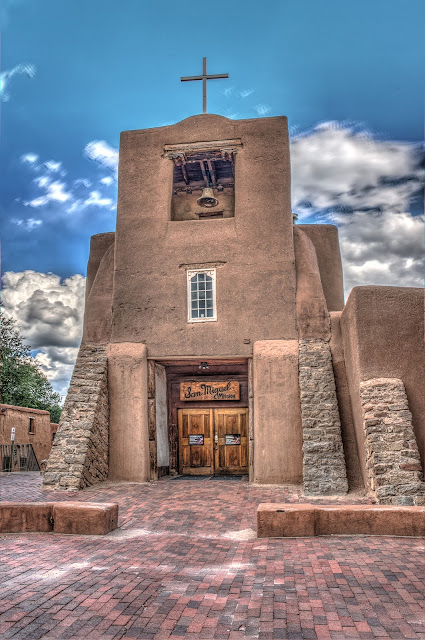Day 46 (D-15) Hopi music / Kokopelli
The Hopis: their music and the Kokopelli flute player
First, you can listen, while you read...if you can take your eyes away from the pictures. The Hopi "Lost Lands" flute music:
https://www.youtube.com/watch?v=yaHqjpj9rgg
A good video for meditation, relaxation, peace. Do you recognise some of the places in the slideshow?
--slideshow = diaporama
--depicted = représenté
--hump = A camel (origin, Central Asia) has two humps on his back; a dromedary (an Arabian camel) has one hump.
First, you can listen, while you read...if you can take your eyes away from the pictures. The Hopi "Lost Lands" flute music:
https://www.youtube.com/watch?v=yaHqjpj9rgg
A good video for meditation, relaxation, peace. Do you recognise some of the places in the slideshow?
________________________________
Kokopelli is a fertility deity, usually depicted as a humpbacked flute player (often with feathers or antenna-like protrusions on his head), who has been venerated by some Native American cultures in the Southwestern United States. Like most fertility deities, Kokopelli presides over both childbirth and agriculture. He is also a trickster god and represents the spirit of music.
Among the Hopi, Kokopelli carries unborn children on his back and distributes them to women; for this reason, young girls often fear him. He often takes part in rituals relating to marriage, and Kokopelli himself is sometimes depicted with a consort, a woman called Kokopelmimi by the Hopi.
The construction of the Santa Fe Railroad in the 1880s brought about the rise of Southwestern Indigenous arts and crafts as commodities. This commodification was the result of the growing tourist industry in the Southwest and the appeal of directly purchasing artwork from Indigenous makers. Kokopelli represents these commercial facets of the Southwest, and his humpbacked, flute-playing figure can be found on a variety of merchandise and marketing products.
(We no doubt will have seen them during our visit to Santa Fé.)
(We no doubt will have seen them during our visit to Santa Fé.)
In recent years, the emasculated (non-ithyphallic) version of Kokopelli has been adopted as a broader symbol of the Southwestern United States as a whole. His image can be seen on countless items such as T-shirts, key-chains, and patio decor.
My best,
Jane
________________________My best,
Jane
--slideshow = diaporama
--depicted = représenté
--hump = A camel (origin, Central Asia) has two humps on his back; a dromedary (an Arabian camel) has one hump.
--trickster = In mythology, and in the study of folklore and religion, a trickster is a character in a story (god, goddess, spirit, human, or anthropomorphisation), which exhibits a great degree of intellect or secret knowledge, and uses it to play tricks or disobey normal rules and conventional behaviour.
One of the most important distinctions is that "we can see in the Native American trickster an openness to life's multiplicity and paradoxes largely missing in the modern Euro-American moral tradition". In some stories the Native American trickster is foolish and other times wise. He can be a hero in one tale and a villain in the next.
--arts and crafts = l'artisanat
--commodities = A commodity is a substance or product that can be traded (échangé), bought or sold.
--arts and crafts = l'artisanat
--commodities = A commodity is a substance or product that can be traded (échangé), bought or sold.





Comments
Post a Comment